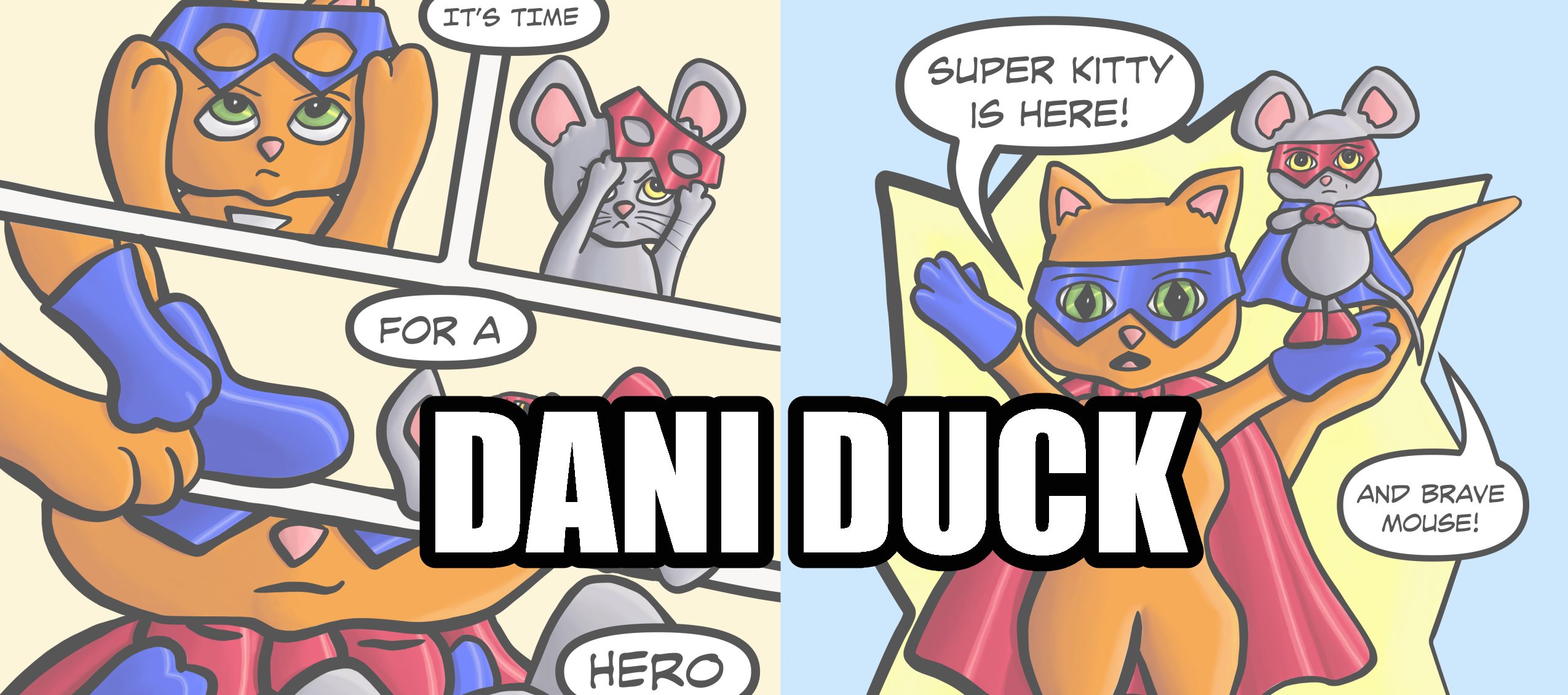-
Planning Out Your Pages
August 22, 2019 /Note: I will not be doing a book review this week (and possibly next week) because I have several things I want to get ready for Smart Dummies this year! Interested in a critique group this year? https://www.surveymonkey.com/r/5MCFDBL (Survey closes September 5th and is on a first come first served basis).
Before you start planning out your pages, I’m going to refer you to Marla Lesage’s post about Picture book Length: https://marlalesage.com/2019/08/12/picture-books-length-layout/ It’s important to know how long you want to make your story before you separate it out. This is for picture books, but a lot of the books you will be writing will use one of these templates. Creating a longer book? Make sure that the number of pages that you are creating are divisible by 8.
This year I’m doing Cinderella. I will be using the Cinderella published by George Routledge and Sons as an example. You can read the story here in many formats: https://www.gutenberg.org/ebooks/23303
While I will always strongly suggest that you have a fully finished text before you start planning out pages. Sometimes you wont have that text because you are working on a wordless book or you just work better visually. If this is you then you might want write down the important plot points and then separate these into pages and spreads.
A spread is 2 pages put together. When you have a book open in front of you those two pages are a spread.
Important Plot Points for Cinderella
The numbers by the plot points indicate the number of spreads I’d use for each of these plot points.
- Cinderella’s father remarries. (1/2 spread)
- Cinderella’s step mother and sisters are mean to her. (1/2 spread)
- The prince announces there will be a ball so he can find a wife. (1 spread)
- Cinderella told she’s not allowed to go to the ball which upsets her. (1 spread)
- Cinderella’s Fairy Godmother appears and gives her everything she needs for the ball (Cinderella must be back by midnight). (2 spreads)
- Cinderella meets the prince at the first ball. Because she’s so punctual getting home the Fairy Godmother is happy to let her go to the next ball. (1.5 spreads)
- The princess (Cinderella) at the ball is mysterious and everyone talks about her. (1.5 spreads)
- Cinderella falls in love with the prince at the second ball. (1 spread)
- Cinderella forgets about the time and rushes out of the ball at the last minute leaving her glass slipper. (1.5 spreads)
- Cinderella comes back in rags with only one glass slipper. (1/2 spreads)
- The prince looks for Cinderella with the one lost slipper. (1 spread)
- The slipper fits and Cinderella has the other slipper. (1.5 spreads)
- The prince and Cinderella live happily ever after. (1/2 spread)
This version differs a bit from the Disney version. You can already start to see how you can break down this story into 14.5 spreads and 13 plot points. I have the number of spreads I would use in the right hand column to show you how this story would be dividedIf you have a manuscript you can write the pages/spreads directly on your manuscript. You can also go to page 18 of your booklet and write 3-4 words under each thumbnail describing the scene you are creating. This will help you visually plot things out. For some pages you are going to want to use 2 pages (or a full-spread) for creating your image. Make sure those two pages are next to each other in your thumbnails.
